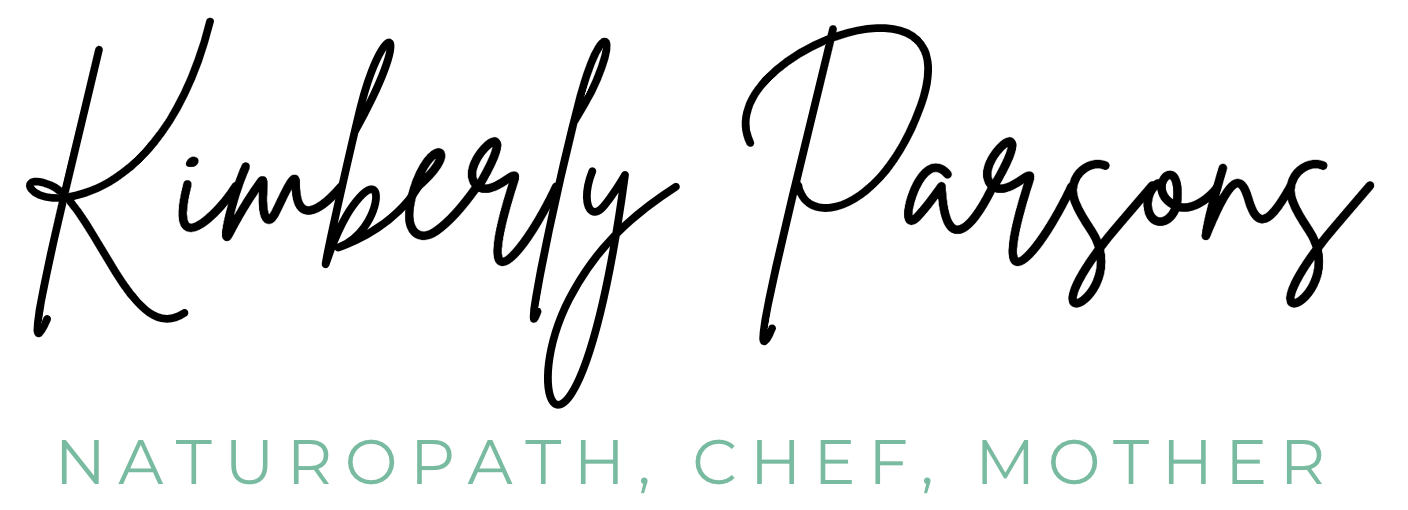Foods To Eat For Your LUTEAL PHASE
Your Body & Hormones During Your Luteal Phase
This phase lasts about 10-14 days (roughly days 14-28 of your cycle) and is referred to as the “fall season” of your cycle. It’s important the luteal phase fall within this timeframe (days 14-28) for it to be considered an optimal fertile cycle, because a fertilised egg usually takes at least 10 days to travel from the fallopian tube and implant into the uterine lining.
After ovulation, FSH and LH levels sharply decline and remain low for the rest of the cycle. Oestrogen and testosterone decline as well, but oestrogen will make another appearance later on in the luteal phase.
On the other hand, progesterone rises and stimulates the growth of the lining of the uterus in preparation for pregnancy. It’s also responsible for transforming cervical fluid from stretchy and wet, to sticky and dry in this phase (aka it’s much less fertile and not conducive to sperm).
Emotionally, during the first half of the luteal phase, you are often still riding high off of the effects of the ovulatory, or “summer phase.” However, as progesterone production increases, you’ll find yourself starting to wind down and wanting to avoid the social scene you were seeking the first half of the cycle.
During the second week of the luteal phase, oestrogen will rise again slightly to further prepare the uterine lining for pregnancy. If there’s no pregnancy, oestrogen and progesterone will drop and cause the uterine lining to shed during the bleeding, or menstruation, phase.
Optimal Foods To Incorporate During Your Luteal Phase
It’s important to eat foods that support progesterone production, so that it can rise enough to stimulate a healthy growth of your uterine lining. Foods high in zinc and magnesium (nuts, seeds, oysters, beans, etc.) vitamin C (berries, citrus, leafy greens, peppers) as well as foods high in vitamin B6 (salmon, bananas, walnuts) are all helpful for boosting progesterone levels.
You’ll also want to keep blood sugar as stable as possible in the luteal phase, as progesterone can cause blood sugar to dip lower than what’s normal in the follicular phase. This dip could partially explain why so many women struggle with emotional PMS symptoms, like moodiness and anxiety. Remember to eat consistent, nutrient dense meals balanced with protein, fat and fibre for optimal blood sugar balance.
Water retention increases during this time, which can cause bloating and puffiness, so make sure you’re drinking enough water and consuming hydrating fruits and vegetables.
During this phase our feel-good hormones like serotonin and dopamine tend to decrease, which can not only lead to feelings of stress or sadness, but major cravings for sweets and carbohydrates that give us a temporary dopamine fix but leave us feeling worse in the long run. Make sure to reach for treats or carbohydrate-rich options that have plenty of nutrients, protein, fat and fibre to help you get your sweet fix without the subsequent sugar crash.
Recipe + Meal Ideas To Eat During Your Luteal Phase
+ Sweet Potato Gnocchi with Sage & Walnut Pesto
+ Chocolate Beetroot Cake
+ Sweet Potato Scones
+ Squash, Sage & Spelt Risotto with amaretti (Available in The Yoga Kitchen Plan Recipe Book)
+ Pick-Me-Up Cacoa Granola (Available in The Yoga Kitchen Plan Recipe Book)

